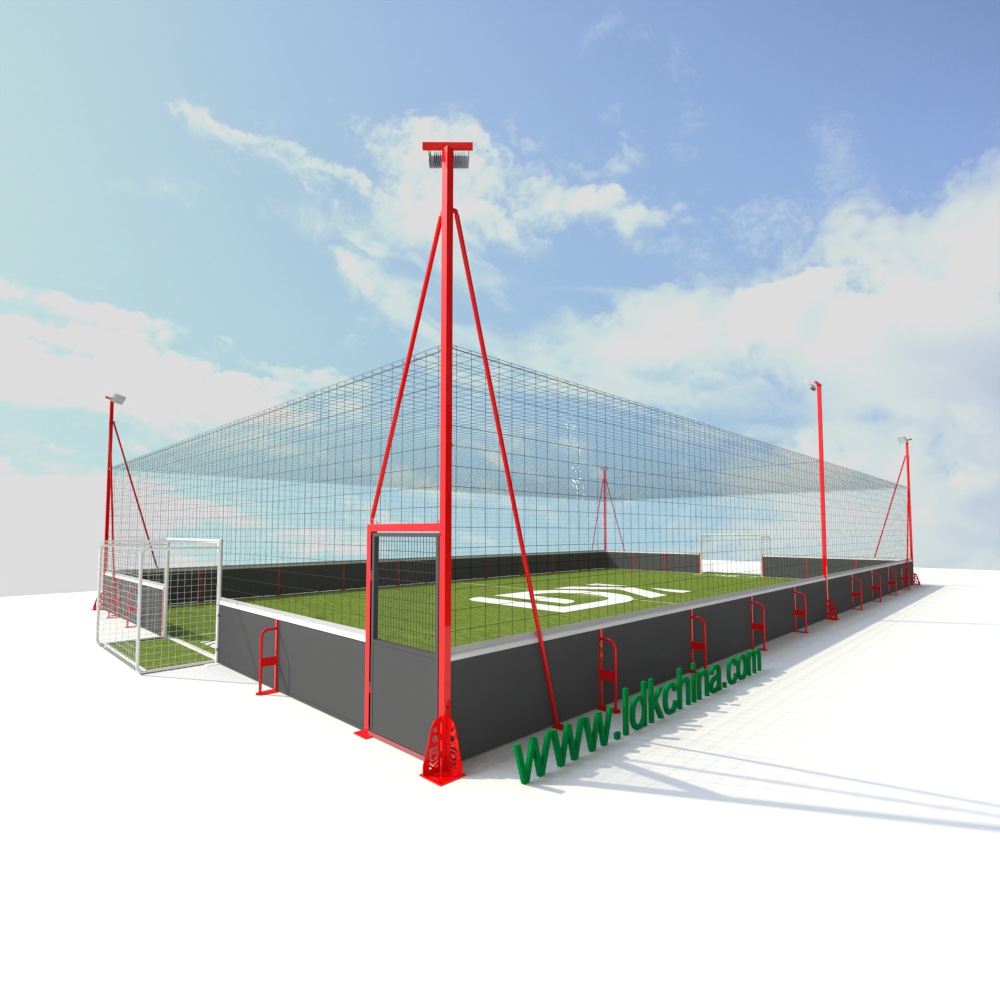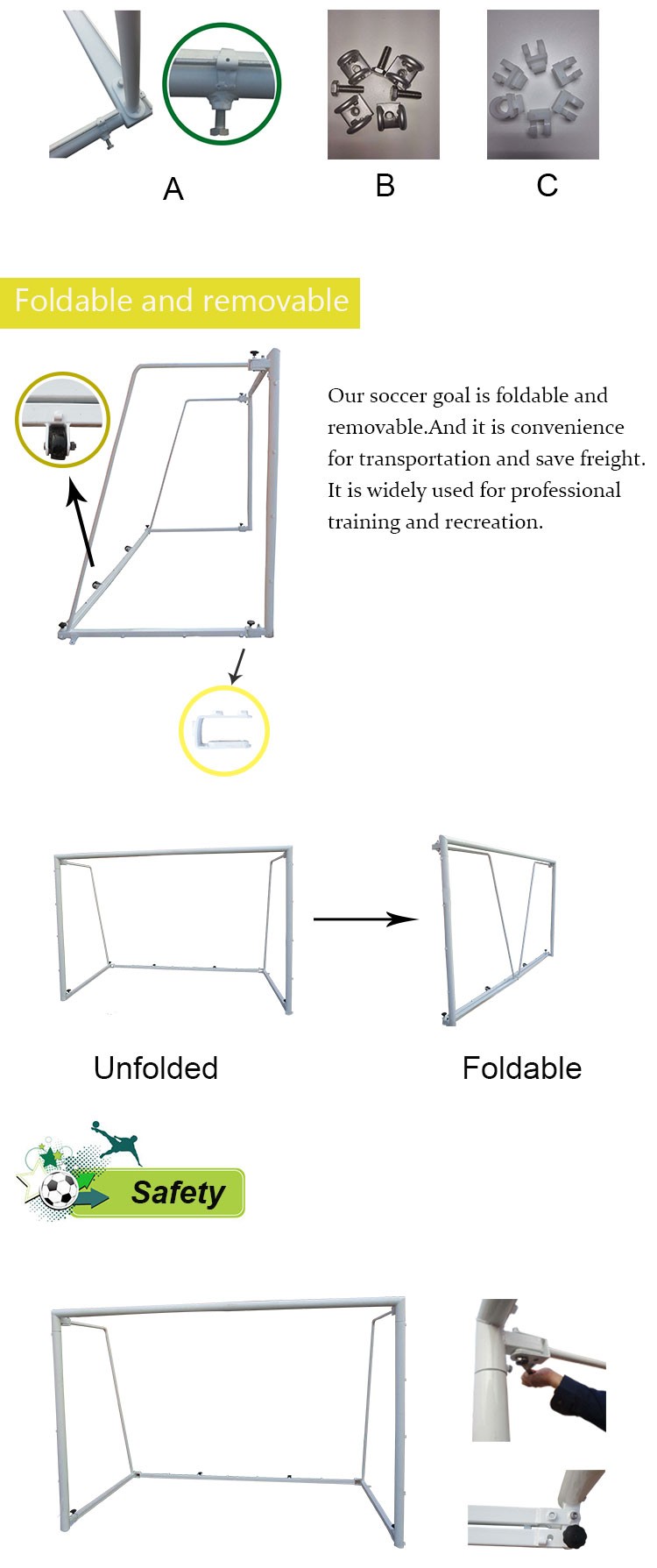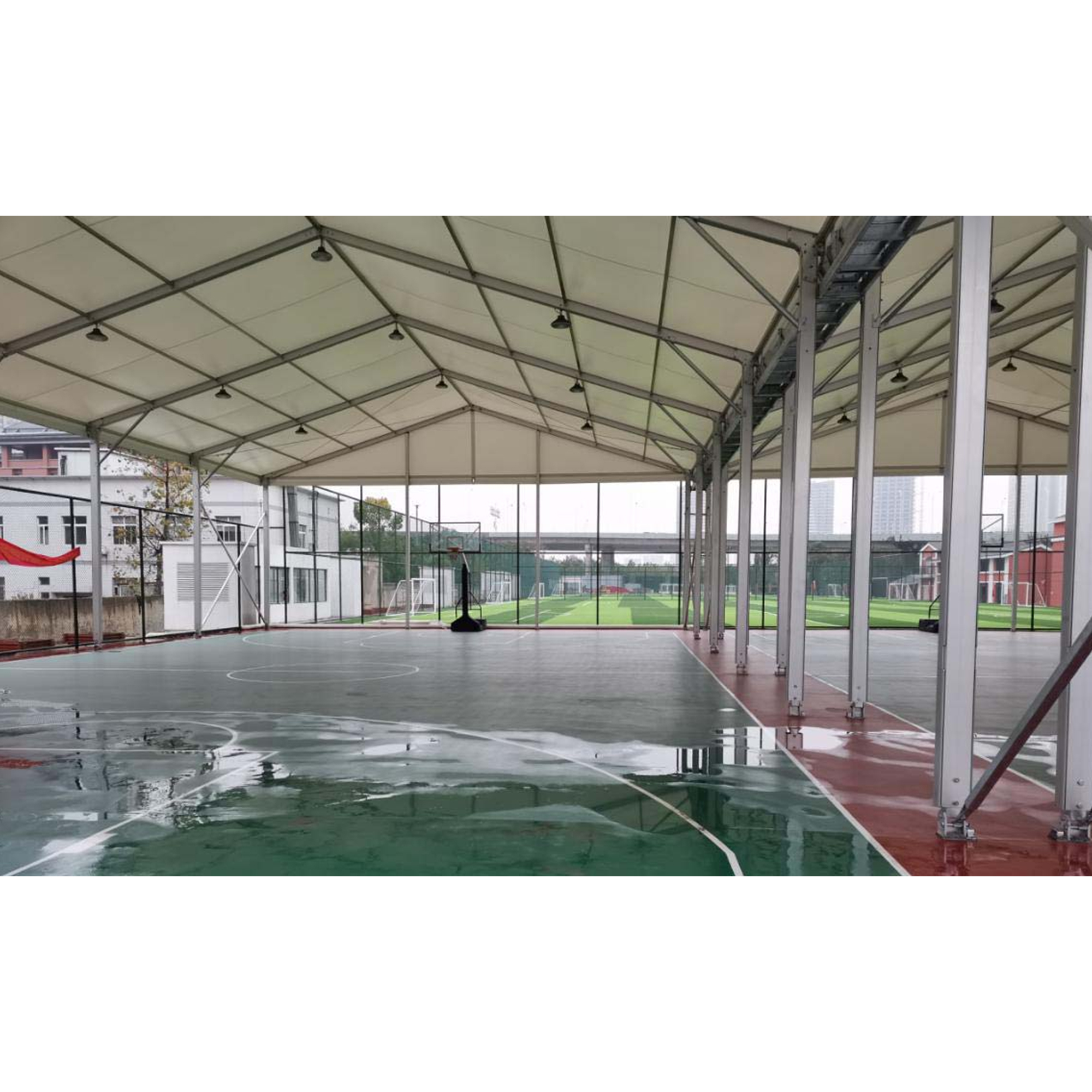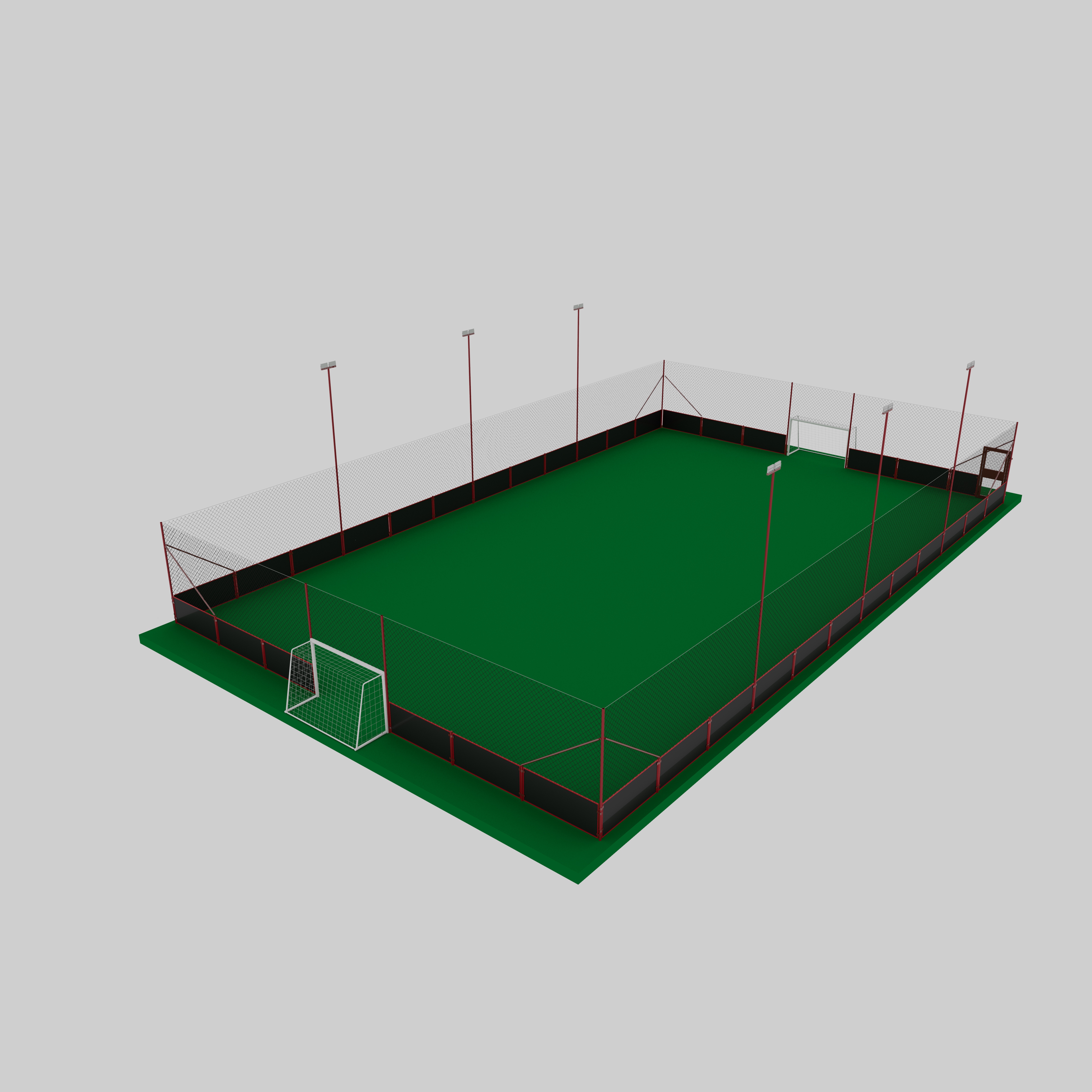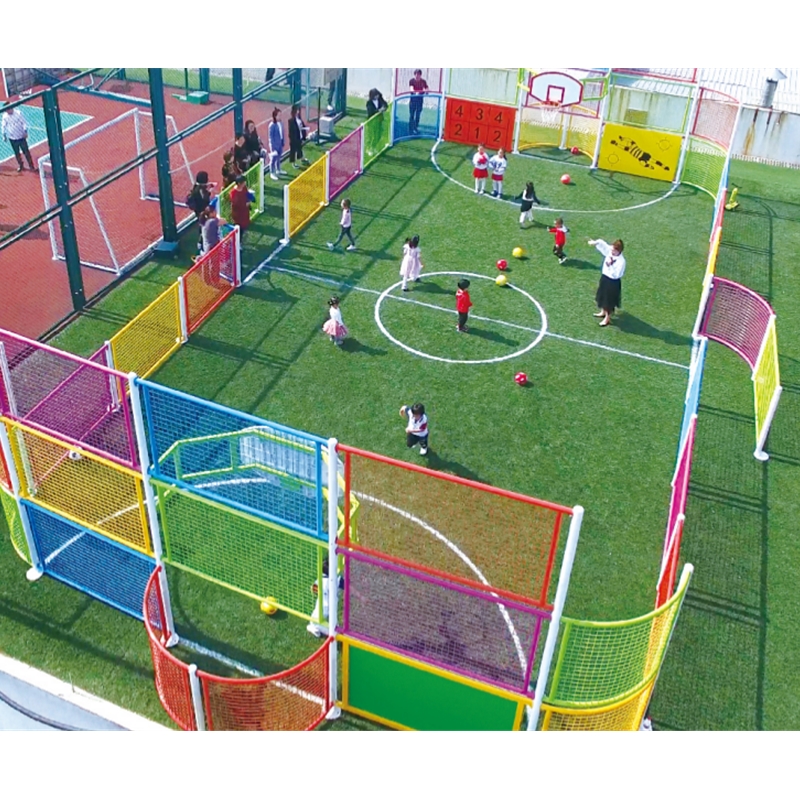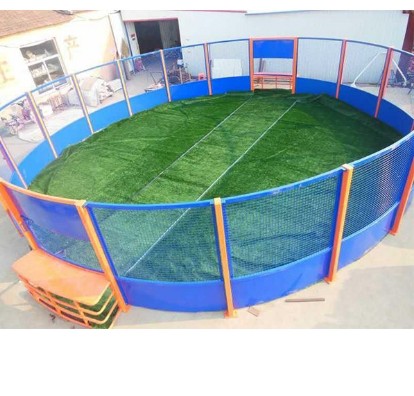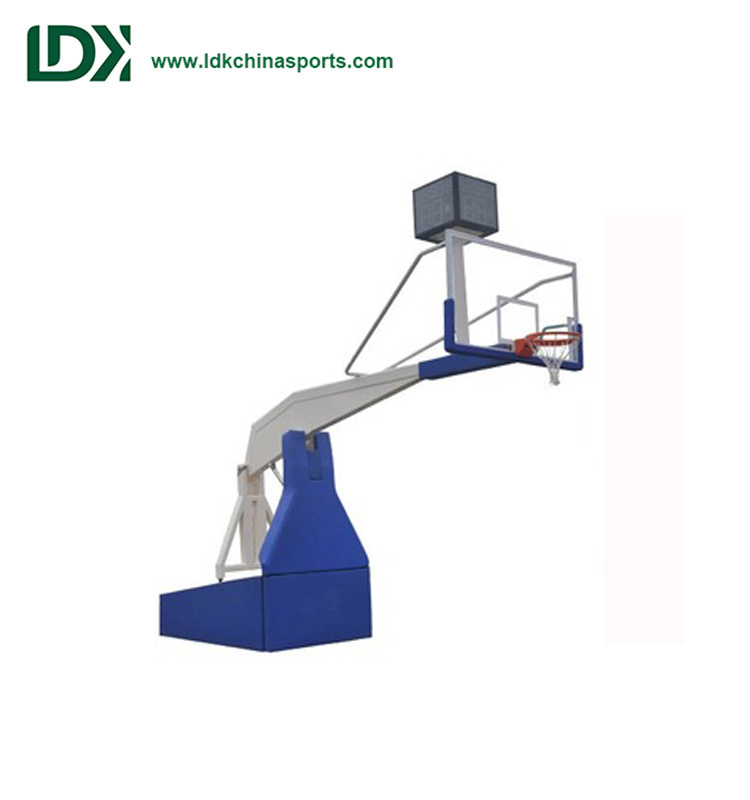With the popularity of soccer, more and more enthusiasts want to step onto the green field to experience the charm of this “world’s number one sport”. But for beginners, how to quickly get started has become an urgent problem. This article will be from the choice of equipment, understanding of the rules, basic technical training, etc., to provide a practical guide for newcomers to soccer.
First, if you want to do a good job, you have to make good use of your equipment.
Professional equipment is the first step to start the soccer journey.
- **Shoes selection**: artificial turf is recommended to choose spikes (TF) shoes, natural grass is more suitable for long spikes (AG/FG) shoes, and indoor venues need flat soled (IC) shoes.
- **Configuration of protective gear**: shin guards can effectively prevent shin injuries, and novices are recommended to wear lightweight carbon fiber material.
- **Soccer ball standard**: The ball used in international matches is No. 5 (68-70cm in circumference), and No. 4 is available for youth. When buying, pay attention to check the FIFA certification mark.
Second, the rules of interpretation: the basis for understanding the game
Mastering the core rules can quickly enhance the experience of watching and playing the game:
- **Offside Trap**: When a pass is made, the player receiving the ball is closer to the goal than the penultimate defender (including the goalkeeper), which constitutes offside.
- **Penalty Scale**: Direct free kicks (which can be taken on goal) are against intentional fouls, and indirect free kicks need to be touched by a second player. The accumulation of two yellow cards will trigger the red card penalty mechanism.
- **Match Structure**: Regular matches are divided into a 45-minute half and a 45-minute half-time, with an intermission of no more than 15 minutes and injury time ruled by the fourth official.
III. Technique Building: Five Core Training Methods
1. **Ball turning exercises** (15 minutes per day): from continuous ball turning with one foot to alternating with both feet, to improve the sense of ball and control. 2.
2. **Passing and Receiving Exercise**: Push and pass the ball with the inside of the foot to ensure accuracy, and use the arch of the foot to cushion the power of the ball when receiving the ball.
3. **Breaking with the ball**: change the direction of the ball with the back of the foot and pull the ball with the sole of the foot, keep the frequency of touching the ball 1 time per step.
4. **Shooting Technique**: Take care that the supporting foot is 20cm away from the ball when shooting with the back of the foot, and lean forward 15 degrees to increase the power.
5. **Defensive stance**: using a side stand, and the attacker to maintain a distance of 1.5 meters, the center of gravity is lowered to facilitate rapid movement.
Fourth, the scientific training program
Beginners are recommended to follow the “3 + 2” training mode:
- 3 times a week technical training (60 minutes each time), focusing on breaking through the weak links
- 2 physical training (30 minutes / time), including running back, high leg and other explosive exercises
- Dynamic stretching before and after training to reduce the risk of muscle strain.
V. Watching and Learning: Standing on the shoulders of giants to see the world
Observe tactical coordination through professional matches:
- Pay attention to the players’ running routes without the ball and learn the logic of the triangle passing position.
- Observe the timing of the top defenders and master the trick of “anticipation before action”.
- Record formation changes in classic matches, such as positional rotation in 4-3-3 offense and defense transitions.
Soccer experts remind: novices should avoid three common misunderstandings — 1.
1. Over-pursuit of strength to the neglect of movement standardization
2. too much time for individual training and lack of teamwork training
3. Blindly imitating the difficult movements of professional players.
With the promotion of the national fitness policy, soccer youth training institutions around the world have launched the “soccer launch program” for adults, providing systematic courses from basic teaching to tactical analysis. Sports medicine experts also suggest that beginners should limit their exercise to less than six hours per week and gradually increase the intensity of exercise.
The door to the green field is always open to those who love it. With a scientific approach and consistent training, every soccer dream can find the soil to take root. Now lace up your shoes and let’s start from the first touch of the ball to write your own chapter of soccer!
Publisher:
Post time: Feb-20-2025

